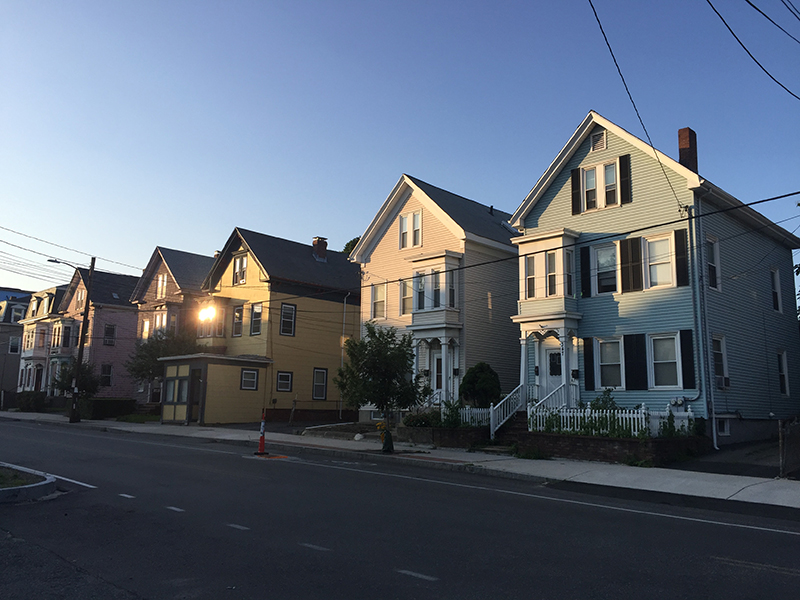
What do you get when you combine equal parts wood, concrete, plumbing, drywall and insulation? If you’re a developer, it usually comes with a pile of paperwork and a mountain of construction fees.
There’s a lot more that goes into building a home than just the raw ingredients. Permits must be filed and zoning or environmental impacts must be reviewed. These are important, to be sure, but are often duplicitous or over-reaching. The paperwork and the costs add up.
At an aggregate scale, unnecessary regulations create real problems for people trying to find an affordable place to live. Research shows that regulations imposed by all levels of government account for an average of 32.1 percent of multifamily development costs. In California — a state where housing construction fees are nearly three times the national average — these added regulations can price families out of homes that would otherwise be affordable to them. In fact, it’s been estimated that in some California cities, fees can amount to 18% of a home’s median price. In a state hurting for housing, that’s just unacceptable.
As it stands, we need to build 4.6 million new apartments by 2030 just to keep up with demand. If we don’t do something to tackle the growing sprawl of regulations that disincentivize housing construction, we can’t expect to meet that goal anytime soon.
As the Mercatus Center’s James Broughel explains, unnecessary regulations can enjoy an unnaturally long shelf life — even after they’ve gone bad — in no small part due to misaligned incentives among policy makers:
“While policy makers love to pass new regulations—often in response to a highly visible public problem—they are rarely inspired to remove rules once they are no longer needed. Over time, suffocating regulations can smother an economy like a blanket over a campfire. One study from the Mercatus Center estimated that the total cost of regulation on the U.S. economy was $4 trillion in 2012 alone.”
One regulation that has overstayed its welcome — rent control — continues to reemerge for that very reason. Most of our nation’s existing rent control laws were first instituted in the post-WWII economy as America struggled to find enough housing for returning soldiers. But additional iterations of the policy — including San Francisco’s expansion of the law in 1994 — have only had negative effects on housing supply and affordability.
Instead of looking backwards and rehashing failed policies from 80 years ago, we owe it to ourselves to adopt progressive solutions that work for all Americans. You don’t have to look far to find them: there are plenty of innovative approaches being taken throughout the country to make housing more affordable. We just have to build on what is working while getting rid of burdensome regulations that make it harder to build the homes families need.




